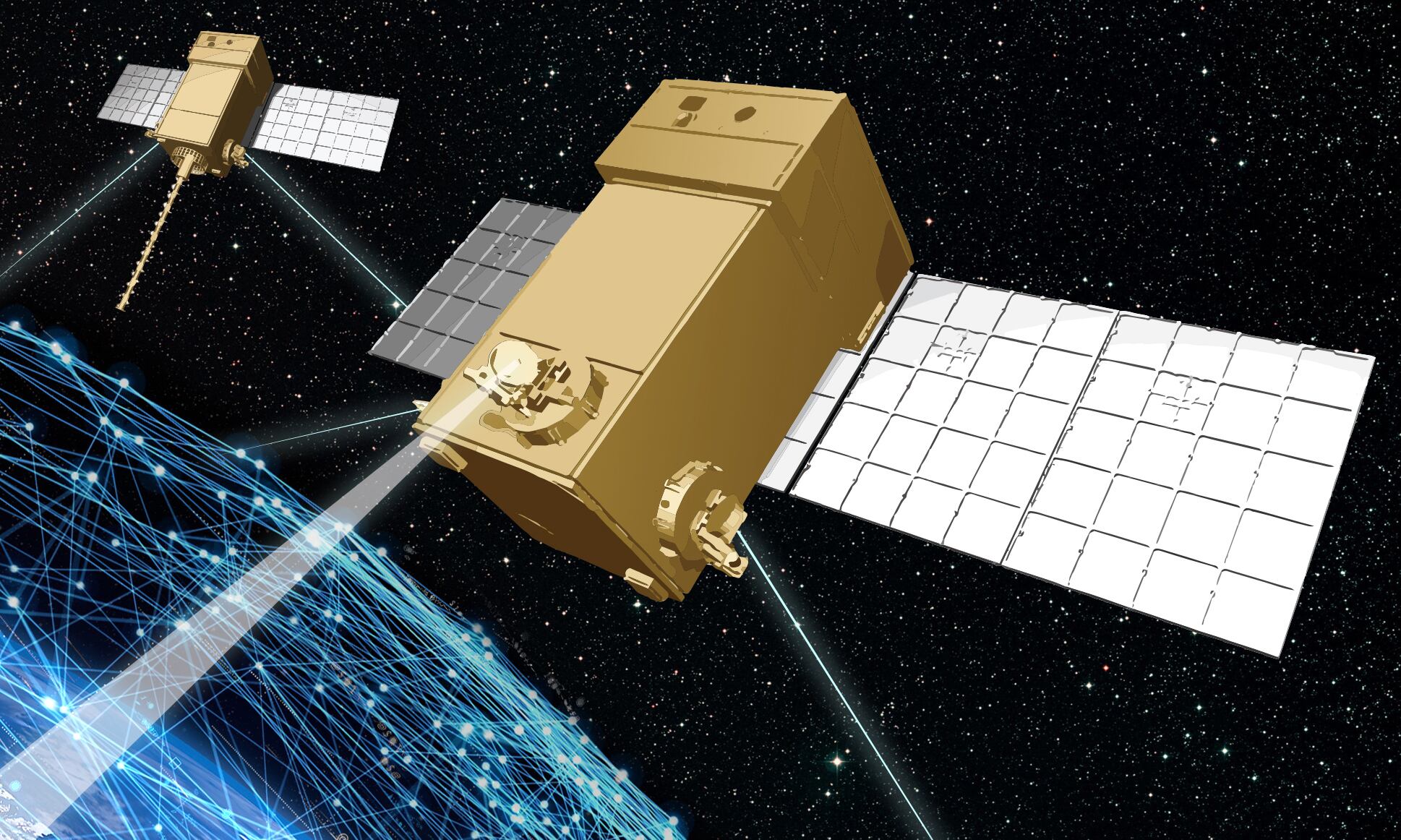WASHINGTON — Following a protest by Raytheon Technologies, the Space Development Agency has reevaluated awards it made for eight satellites capable of tracking hypersonic weapons, opting to stick with its original vendors: SpaceX and L3Harris.
“The reevaluation confirmed the original selection decision announced in October and concluded that [SpaceX] and L3Harris Technologies’ proposals offered the best value to the government,” said SDA spokesperson Jennifer Elzea in a Jan. 7 statement.
The agency initially announced contracts Oct. 5 for the eight satellites. L3Harris and SpaceX were awarded $193 million and $149 million respectively to each design and develop four satellites equipped with wide field of view (WFOV) overhead persistent infrared (OPIR) sensors. Those satellites would make up the agency’s inaugural tracking layer, a low Earth orbit constellation capable of detecting and tracking ballistic and hypersonic weapons.
Shortly thereafter, competitors Raytheon Technologies and Airbus U.S. Space and Defense individually filed protests against the award with the Government Accountability Office. A stop work order was put in place, preventing L3Harris and SpaceX from moving forward with the contracts.
RELATED

In response to the protests, SDA elected to reevaluate proposals. Raytheon filed another protest Dec. 17 claiming the agency’s corrective was inadequate, but the GAO dismissed that action as premature. SDA completed its reevaluation in late December, confirming its original awards, and on Dec. 28 the stop work order was lifted.
“SDA is confident that reevaluation resulted in a fair outcome for all involved parties,” said Elzea. “The agency continues to make all efforts to keep the tracking layer of the National Defense Space Architecture on schedule.”
In dismissing Raytheon’s protest as being premature, GAO did note that the company could still protest the agency’s actions following the corrective action. Neither Raytheon nor Airbus immediately responded to inquiries as to whether they would file more protests.
Back in October, SDA Director Derek Tournear told C4ISRNET the contracts were the result of a full and open competition based purely on technical merit.
“SpaceX had a very credible story along that line — a very compelling proposal. It was outstanding,” he said. “They are one of the ones that have been at the forefront of this commercialization and commodification route.”
In addition, “L3Harris had an extremely capable solution. They have a lot of experience flying affordable, rapid, small satellite buses for the department,” he said. “They had the plant and the line in place in order to produce these to hit our schedule.”
The tracking layer is just one facet of the agency’s National Defense Space Architecture, a planned mega-constellation that will eventually be made up of hundreds of satellites in low Earth orbit. SDA is using a spiral development approach to build out that constellation, by adding more satellites every two years. These eight satellites in question will be part of the first tranche, which is set to launch starting in 2022. More tracking layer satellites will be launched in later tranches. Tournear has previously stated that one of the agency’s priorities is avoiding vendor lock, hosting an open competition for tracking layer satellites for future tranches.
Nathan Strout covers space, unmanned and intelligence systems for C4ISRNET.






